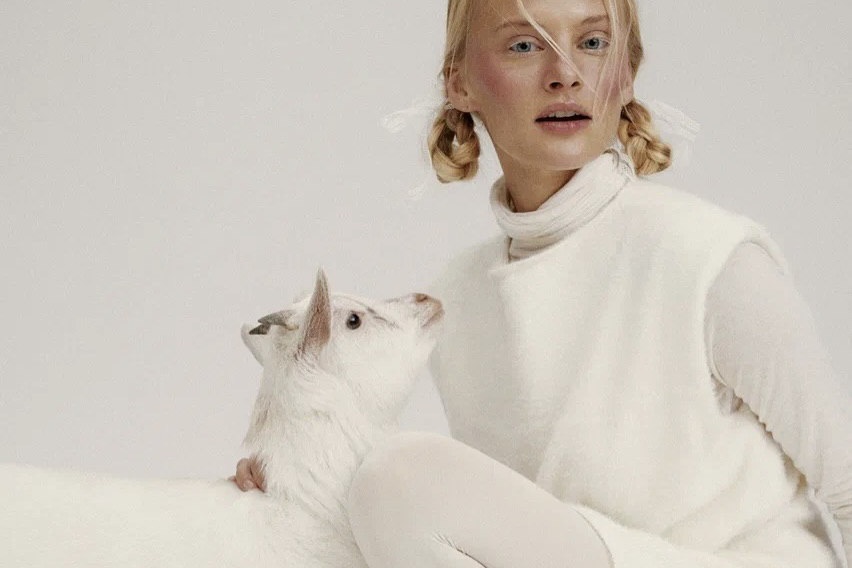When fast is a synonym for bad: what's wrong with the fast fashion?
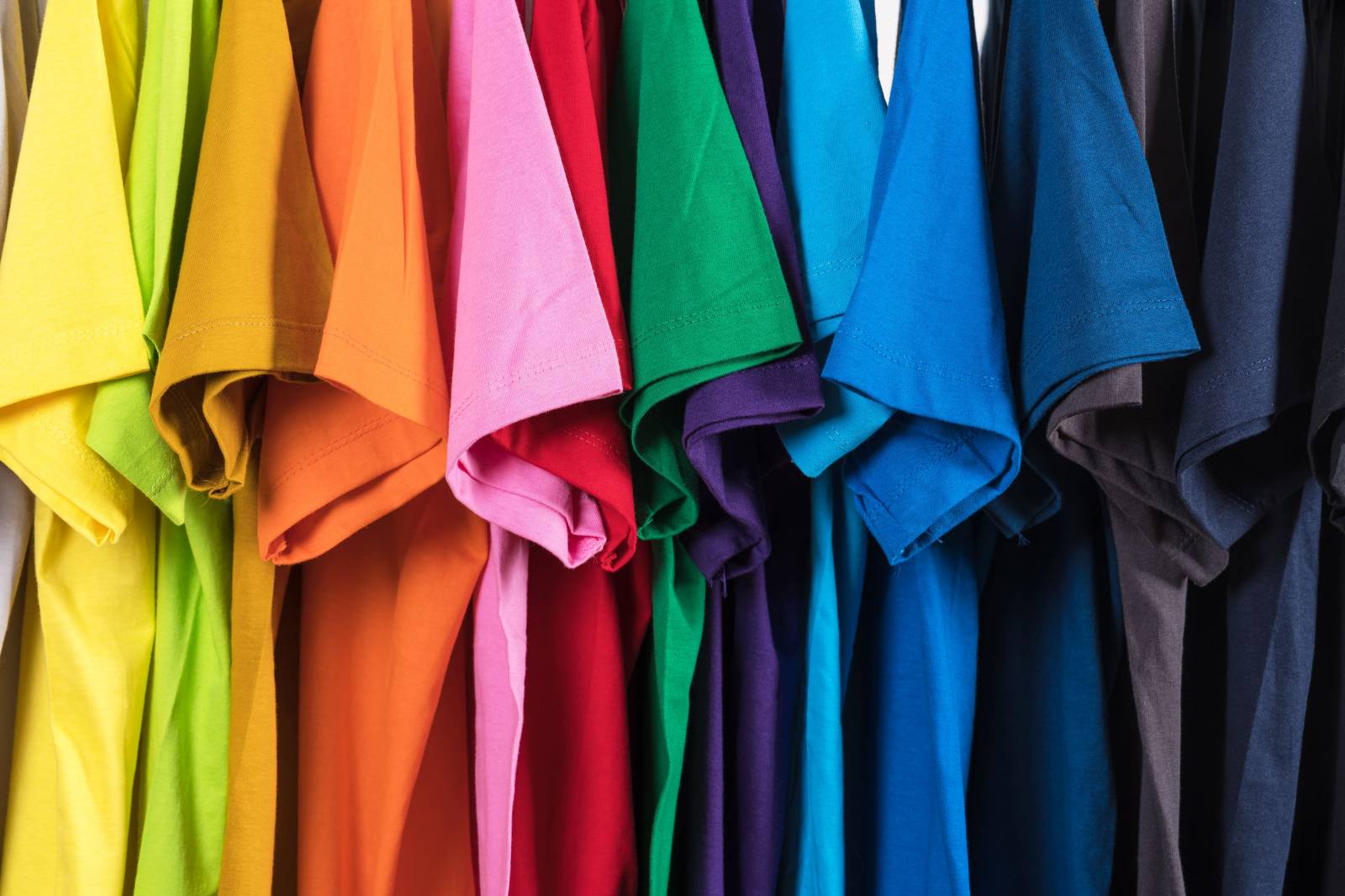
Even though sustainable fashion is getting more and more responses from designers and luxury brands, which increasingly use recycling and upcycling processes when creating their collections, the main enemy of conscious consumption is still alive. We are talking about the so-called fast fashion - a favorite principle of large mass markets. But is it really so bad?
'Fast Fashion' term
To answer this question, we need to come to grips with the meaning of this phrase. The term fast fashion refers to the rapid renewal of the assortment of a particular brand, which is carried out several times a season. The main goal of this process is to move all the freshest trends from the catwalk to street store shelves as soon as possible. How does this work? Mainly through the production of gigantic amounts of apparel at the lowest cost through a flexible and opaque supply chain. In other words, we deal with rapid and low-cost production, when trendy clothing is made from cheap materials.
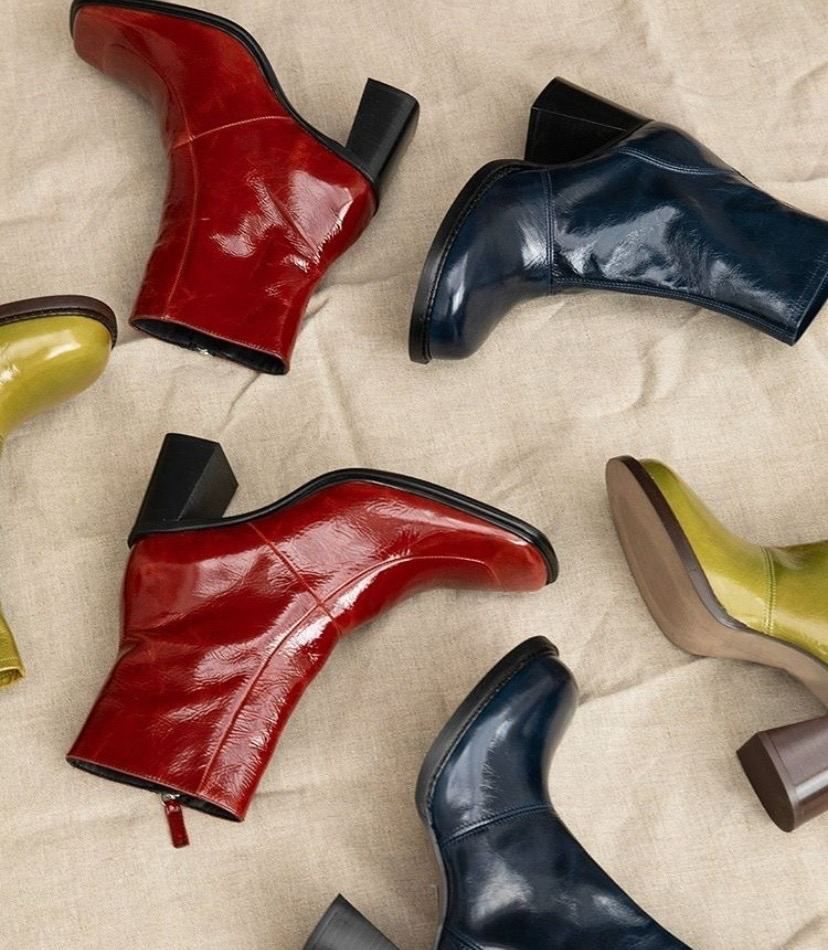 |
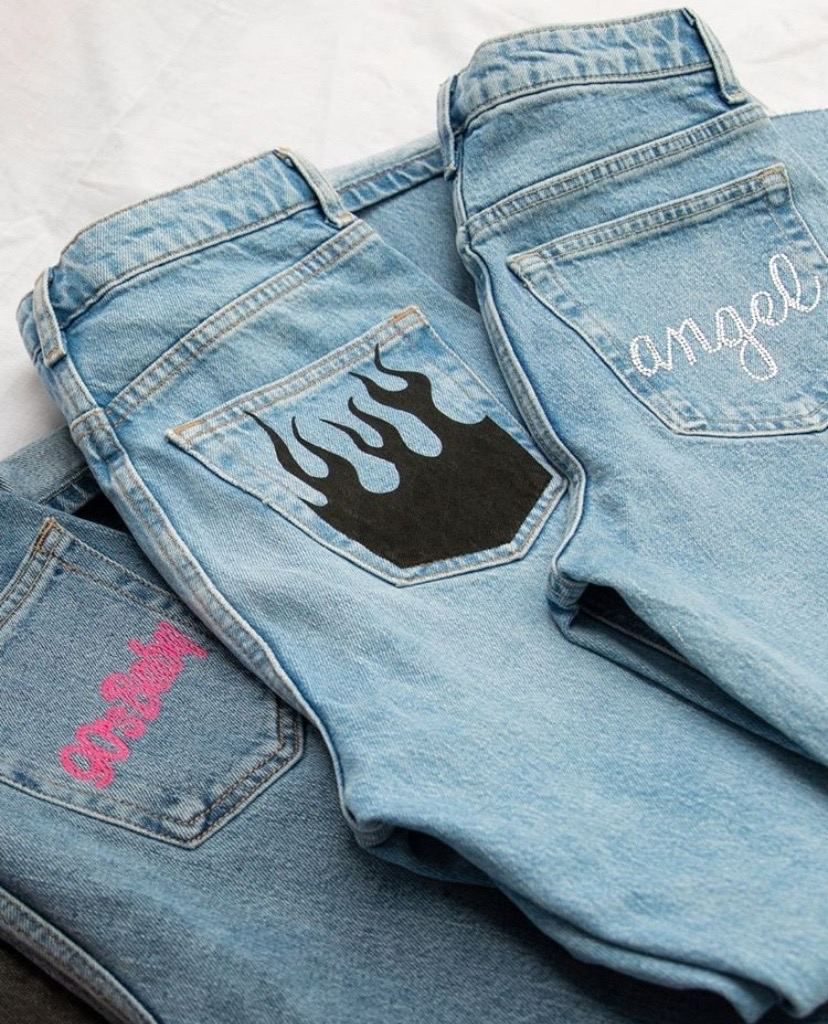 |
| Topshop | |
Who needs it?
Large retailers such as Topshop, H&M, and Zara use the philosophy of fast manufacturing at an affordable price. The latter, by the way, is the leader in terms of sales: annually 200 designers develop about 40 thousand new models, 12 thousand of which are actually produced. In addition to the low price, the principle cheese in a trap, companies have resorted to other tricks. They present all collections as limited, which helps the store sell one or another trendy model in a matter of days.
How fast fashion affects the environment and people
To make the latest trends available for everyone, companies are trying in any way to reduce the cost of a product, saving on its production. Thus, many mass-market brands choose low-quality fabrics - and this is not only due to the cheapness of raw materials. Buying cheap and low-quality clothes, a customer finds himself in a dependent circle: in less than a year, such a thing will lose its former appearance or become completely unusable, which means that you will come back to the store for a new one. This is how the modern consumption mechanism works, which, unfortunately, has a negative impact not only on our wallet but also on the environment, which is much worse.
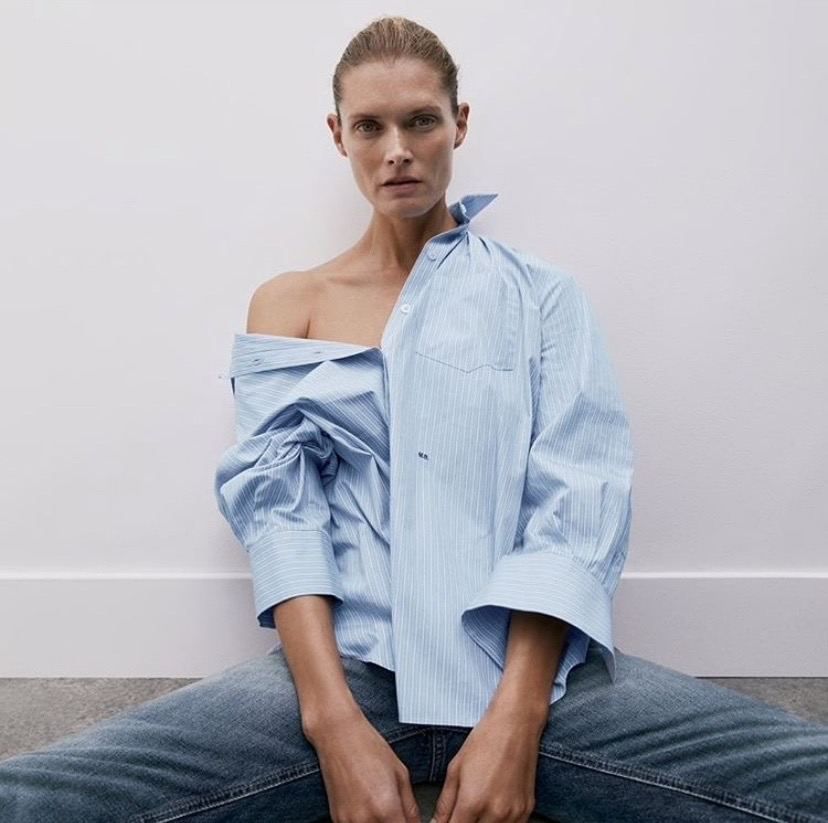 |
 |
| Zara | |
Statistically speaking, the average American household generates 82 pounds of textile waste every year - what if all of these things are made of synthetic materials that take hundreds of years to decompose? It is worth keeping in mind the fact that every stage of clothing production harms the ecosystem of our planet. The release of toxic or greenhouse gases into the atmosphere, pollution of the seas, oceans, leading to the destruction of animal habitats - all this is behind the fast fashion.
People also suffer from cheap production. As a rule, companies sew their clothes in Third World countries such as Bangladesh, Cambodia, India, China, where labor is generally poorly paid. Forced labor in hard working conditions and paltry wages (factory workers in these countries receive from one to three dollars a day) go against a great deal of work, and sometimes even endanger the lives of an enterprise's employees. Probably, many remember the terrible incident that happened in Bangladesh in 2013, when the eight-story Rana Plaza complex, which housed five garment factories, collapsed in Dhaka district. 1135 people died, more than two thousand were wounded.
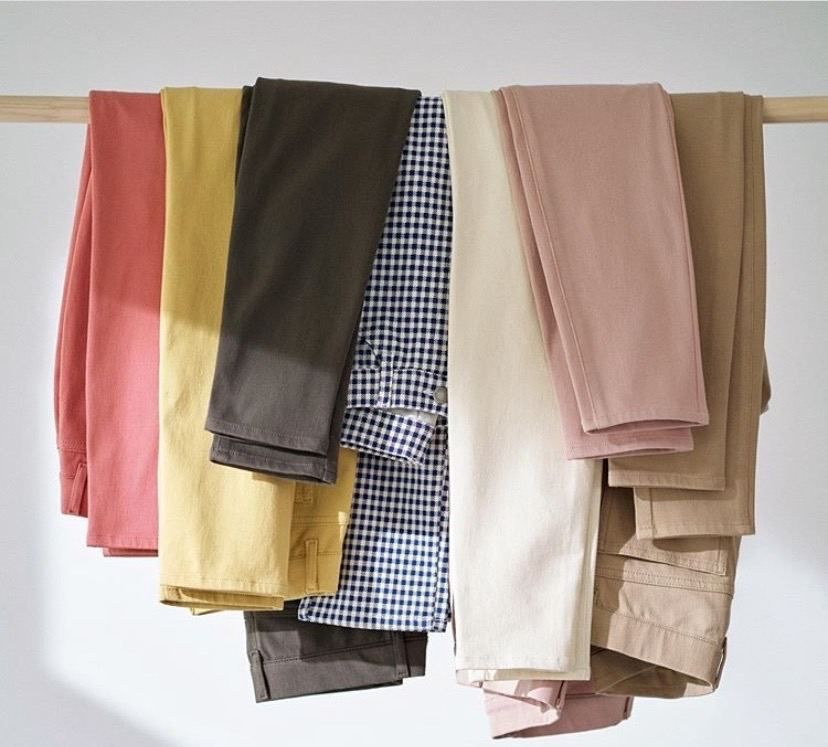 |
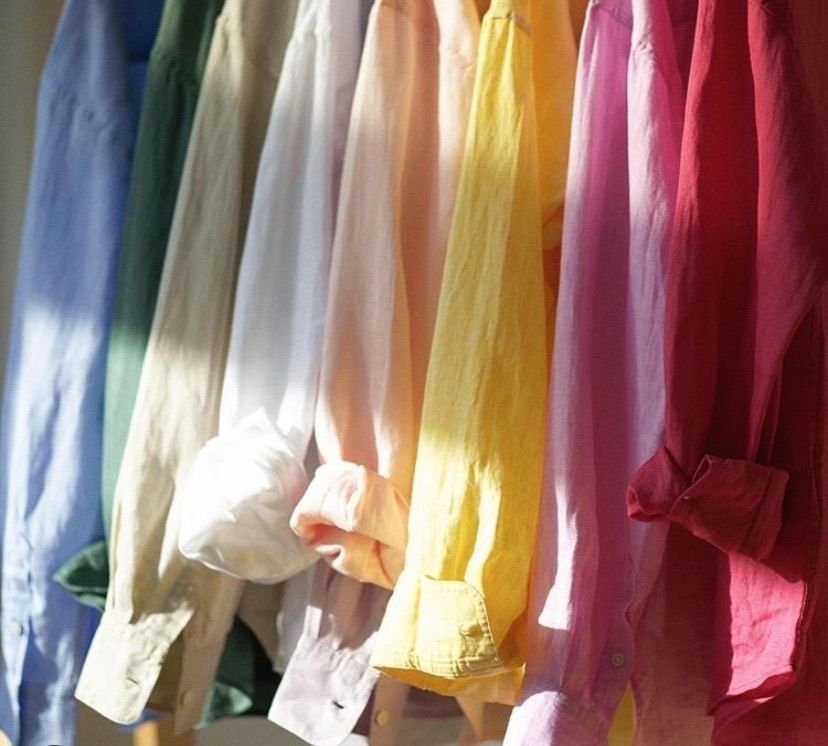 |
| Uniqlo | |
What is the future of fast fashion?
According to recent observations, the current younger generation of consumers is more conscious in choosing clothes, first of all putting on the scales the desire to follow rapidly changing fashion trends and how these momentary desires will affect our ecology. The latter, fortunately, is increasingly outweighed. Nevertheless, even if more and more consumers take a course towards conscious consumption, fast fashion is unlikely to cease to exist - the losses for companies would be huge. But it is quite possible to assume that this will push the giants of the mass market to direct their philosophy in a more humane direction.
Read also:
Michael Kors presented his new spring-summer 2021 collection in the Bronx
'Going places': Felipe Oliveira Baptista unveils his first campaign for Kenzo
Forced-to-wear accessory: 12 masks for protection and looking good

